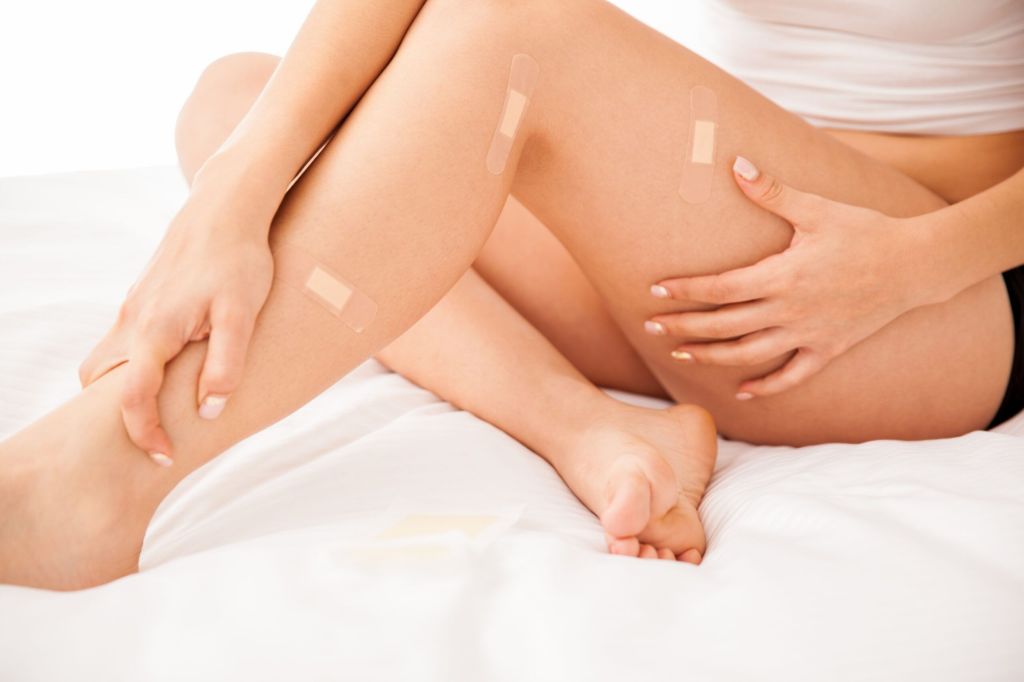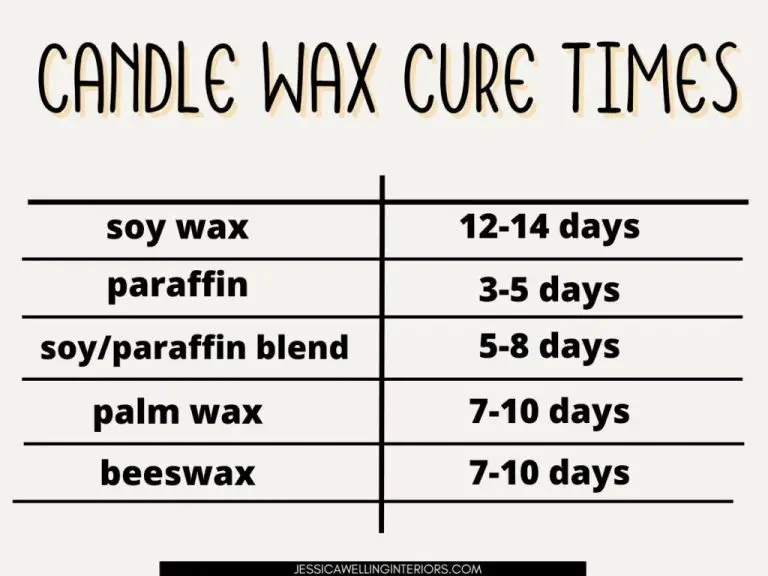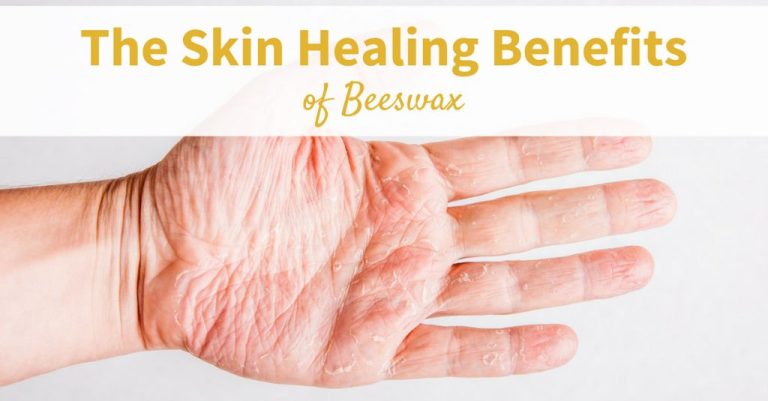Which Wax Is Best For Beginners?
Waxing is a popular hair removal method that involves applying wax to the skin and then removing it, pulling the hair out from the follicle. While waxing can provide smooth skin that lasts longer than shaving, it can be intimidating for beginners. The process involves using hot wax, which needs to be at the right temperature, and removing hair from sensitive areas can be painful. Knowing what type of wax to use, how to prepare the skin properly, and techniques to reduce pain can help make a beginner’s first waxing experience successful.
According to statistics from Statista, about 6 million Americans used waxing 4 or more times in 2020, showing the popularity of waxing as a hair removal method (Source). With proper preparation and technique, waxing can be manageable even for those new to the process.
Different Types of Wax
The two main types of wax used for hair removal are hard wax and soft wax. Both can effectively remove hair, but they have some key differences that are important to understand.
Hard wax is applied warm or at room temperature in a thick layer and allowed to cool and harden on the skin. It adheres to the hair, not the skin. When removed, it takes the encapsulated hair with it. Hard wax is ideal for sensitive areas like the bikini line, underarms, and face because it doesn’t pull at the skin [1]. It’s also better suited for short, coarse hairs. However, hard wax can be more difficult to apply and remove compared to soft wax.
Soft wax is applied warm or hot in a thin layer and removed while still soft and pliable. It adheres to the skin, shrinking and grabbing the hair as it dries. Soft wax is easier to apply and remove than hard wax. It works well on all hair types and larger body areas. But it can be more painful because it pulls at the skin when removed [2]. Soft wax also tends to require going over the same area multiple times to remove all hairs.
Overall, hard wax may be the better choice for beginners because it’s gentler on sensitive skin and doesn’t require as much technique to remove hair effectively. But soft wax can also be a good option on less sensitive body areas.
[1] https://blog.purespadirect.com/2023/06/mastering-art-of-waxing-essential-guide.html
[2] https://medium.com/@idahospa.usa/comparing-hard-wax-vs-soft-wax-pros-and-cons-for-body-waxing-166bfeb26563
Wax Temperature
Choosing the right wax temperature for the conditions is crucial for good results. In general, softer waxes with lower melting points are used in warmer conditions, while harder waxes with higher melting points are used in colder conditions. As a beginner, having a basic understanding of wax temperatures will help you select the right wax.
Wax is measured on a temperature scale that corresponds to the air and water temperature it is suited for. The scale ranges from about 50°F to over 100°F. For example, a wax with a temperature rating of 68°F would be a good choice for 68°F air and water temperatures. Most wax packaging provides a temperature guide recommending what conditions that specific wax is best suited for.
For beginners using wax at home, having 2-3 different wax temperatures on hand covers most conditions. A surf wax temperature guide is a useful reference chart to know what wax to select for any given weather.
## Waxing Kits
Waxing Kits
Pre-made waxing kits come with everything you need to start waxing at home. Look for kits that include wax (hard or soft), applicators, muslin strips, pre-waxing oil, post-waxing soothing gel, and instructions. Kits tailored for beginners are ideal, as they contain all the supplies plus tips and techniques. This takes the guesswork out of buying separate pieces and ensures you have the right products for safe and effective hair removal. Beginner-friendly brands like GiGi, Satin Smooth, or Parissa offer high-quality starter kits for face, bikini, and body waxing. Getting a kit takes the overwhelm out of your first wax so you can focus on technique.
Sensitive Skin
Many beginners become overwhelmed with the possibility of waxing sensitive skin and causing irritation or damage. However, there are several tips to ensure that waxing delicate areas with tender skin goes smoothly.
First, it’s important to prep the skin before waxing by gently exfoliating with a dry brush or oil-based salt scrub. Over-exfoliating can cause redness so go slowly. Always moisturize after exfoliating. Products with calendula, arnica, aloe vera, chamomile or lavender can calm inflammation (Star Pil).
When choosing a wax, look for a hypoallergenic formula made for sensitive areas. These waxes remove hair gently while nourishing skin. Follow instructions carefully and avoid over-heating the wax, which can burn (Cirépil).
After waxing, soothe skin with a mild, fragrance-free moisturizer or aloe vera gel. Taking an antihistamine beforehand can help minimize redness. Avoid sun exposure and wear loose clothing until skin calms.
With proper precautions, beginners can successfully wax sensitive regions. The key is being gentle, using quality products, and caring for skin afterwards.
Aftercare
Proper aftercare is crucial for avoiding irritation and ingrown hairs after waxing. Some key tips include:
- Cleanse the area gently with water to remove any excess wax residue. Avoid scrubbing or using harsh cleansers which can further irritate the skin. (1)
- Apply an aloe-based gel or lotion to soothe the skin and reduce inflammation. Aloe vera helps rehydrate the skin after waxing. (2)(3)
- Use a cold compress or ice pack wrapped in a towel to help calm any skin irritation and reduce redness. This can provide a soothing effect. (1)
- Avoid sun exposure, hot baths, saunas and activities that cause sweating for 24-48 hours after waxing. This prevents irritation of the sensitive skin. (1)
- Exfoliate gently 2-3 days after waxing to prevent ingrown hairs. Use a soft washcloth, brush or gentle exfoliating products. Avoid scrubbing too roughly. (2)
- Apply an antiseptic aftercare product containing tea tree oil or salicylic acid to help prevent ingrown hairs and soothe the skin.
- Wear loose, breathable clothing to avoid friction on the waxed areas.
- Avoid makeup, deodorant, perfumes or heavily scented products on the waxed areas for 24 hours.

With proper aftercare, you can avoid many of the common side effects of waxing and allow your skin to heal smoothly.
Body Areas
When starting out with waxing, it’s best to begin with smaller, less sensitive areas of the body. Some of the easiest places for beginners to start waxing include:
Arms – The arms provide a large surface area that is easy to reach. The skin on the arms is not very sensitive either. This makes the arms an ideal place to get familiar with the waxing process. Focus on just the forearms or upper arms at first.
Legs – The legs, especially just doing the lower legs at first, are another straightforward area to practice waxing. The skin is thicker here and the hair is coarse. Just be sure to avoid waxing directly over varicose veins.
Bikini line – For women, waxing just the bikini line is a good beginner area. It allows precision practice with a smaller targeted area. Take care to avoid irritation of sensitive tissues.
Eyebrows – The eyebrows provide small, defined shape to practice technique. Precision is required but it’s an easy place to start learning.
As a beginner, it’s best to avoid sensitive areas like the face, underarms, chest, stomach and bikini area at first. These areas require more care and experience to avoid discomfort, irritation and ingrown hairs. Start with the easier limb areas to build confidence and skill.
Professional vs At-Home
When it comes to waxing, you have two main options: going to a professional waxing salon or waxing at home. Both options have their pros and cons.
Getting waxed at a professional salon has several advantages:
- Experts perform the waxing, so you can expect great results.
- Salons use high-quality waxes designed for sensitive skin.
- Technicians are trained in proper waxing techniques to minimize pain and irritation.
- Salons provide a clean, sanitary environment.
However, professional waxing can be expensive, you need appointments, and it may be uncomfortable having someone else wax sensitive areas. Salons may also have limited hours.

Waxing at home offers benefits like convenience, lower cost, and privacy. However, there are some downsides:
- It can be messy and difficult without professional training.
- Over-the-counter waxes may cause irritation.
- Waxing techniques like strip direction can impact results.
- Sanitizing all tools and surfaces is essential.
Overall, beginners may find professional waxing provides better results initially. But with practice at home, comparable outcomes are possible for those on a budget or wanting more flexibility. For tricky areas, first-timers should consider consulting the experts.
Sources:
https://thebeautybrowparlour.com.au/the-benefits-of-professional-waxing-vs-at-home-waxing-kits/
Top Product Recommendations
When starting out with waxing, it’s important to choose the right products to ensure a smooth experience. Here are some top-rated waxes and kits suitable for beginners:
Wax Warmer Kit by GiGi
This all-in-one waxing kit comes with a wax warmer, hard and soft waxes, pre-wax oil, muslin strips, and applicators. It’s a great starter set for both face and body waxing. The warner evenly distributes heat to prevent overheating the wax. Reviewers praise the quality and ease of use, with many saying it’s perfect for at-home waxing.
Sally Hansen Body Wax Kit
Sally Hansen’s affordable wax kit contains a hard face and body wax that users report works well for sensitive skin. The kit also includes fabric strips, two applicators, and pre-wax oil. The warmer heats the hard wax to an ideal consistency. Users mention the warmer is high quality and love the ease of the no-strip hard wax.
Nads Natural Sugar Wax

This hypoallergenic sugar wax doesn’t use strips and is gentle on sensitive skin. It comes with an applicator and is praised for being easy to control the consistency and thickness. Customers mention it’s moisturizing, with little irritation. It also washes off with water, making clean up a breeze.
Conclusion
When choosing the best wax for beginners, there are a few key factors to keep in mind. The ideal wax should have a low melting point temperature, come in pre-made strips for easy application, and contain soothing ingredients if you have sensitive skin. Focus on smaller body areas first, like your legs or arms, before moving to more sensitive regions. While professional waxes yield the best results, at-home waxing kits provide an affordable and convenient option. Follow proper aftercare techniques to avoid irritation or ingrown hairs.
The top beginner-friendly waxes include soft waxes that don’t require muslin strips as well as pre-made strip waxes containing ingredients like shea butter and vitamin E. Consult product reviews and avoid harsh formulas with dyes, fragrances or chemicals that may irritate the skin. With some caution, patience and care for your skin, waxing at home can be easy, safe and effective.
We hope this overview gives you a good understanding of which waxes are best for beginners. Waxing takes some practice, but choosing the right products will make the experience much smoother.





